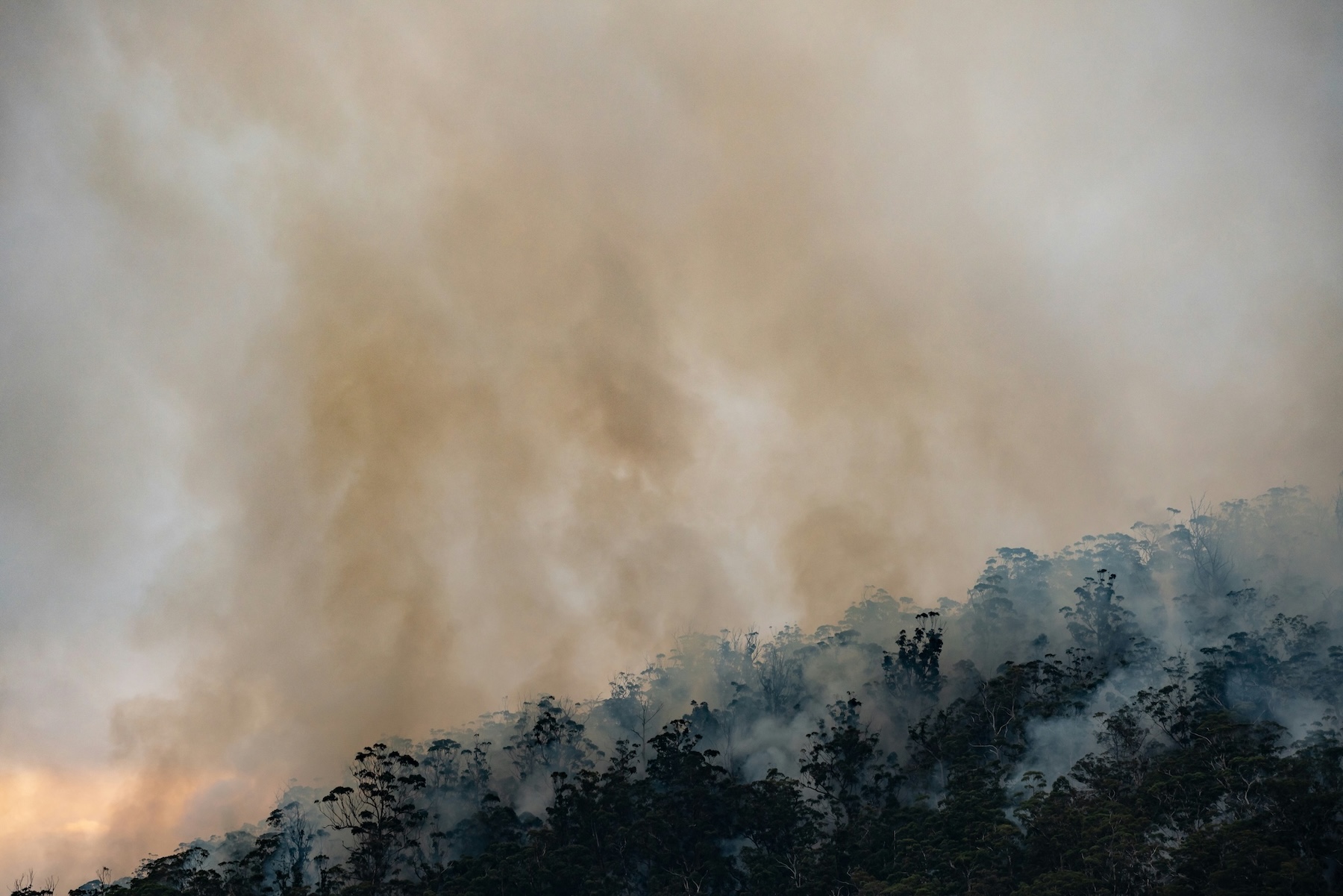Image provided by Matt Palmer via Unsplash.
TL;DR: Wildfire smoke is a complex mix of gases and particles that can travel long distances and pose serious health risks. It contains pollutants like ozone precursors, carbon monoxide, fine and coarse particulate matter (PM2.5 and PM10), black carbon, and hazardous chemicals such as benzene and formaldehyde. These pollutants can cause respiratory and cardiovascular issues, especially in vulnerable populations. Fires in areas where human development meets wildland (WUI fires) are particularly concerning because of the toxins they release from burning man-made structures. Monitoring air quality and taking protective steps such as staying indoors, using air filters, and wearing masks can help reduce exposure.
Wildfires are increasing in size and intensity largely due to global warming. They are a growing problem throughout most of the United States and much of the world, posing a threat to public health and ecosystems as well as a significant financial burden.
As wildfires grow and become more of a concern, wildfire smoke becomes a greater issue in turn. With this in mind, what is in wildfire smoke? Why is wildfire smoke harmful to human health?
Wildfire smoke composition
Wildfire smoke contains an extensive mix of various chemicals. Smoke is not static, but constantly changing, dissipating, and undergoing chemical reactions. Its contents can vary based on what is being burned in the fire itself. Air pollutants from the smoke can travel hundreds or thousands of miles away from their source, impacting people and ecosystems far from the initial blaze and changing in composition as they drift. Some pollutants can linger for months after the fire itself has been extinguished.
Wildfire smoke contains significant amounts of ozone, carbon monoxide, and particulate matter. It also contains other chemicals to a lesser degree, including an extensive array of Hazardous Air Pollutants (HAPs), such as formaldehyde, acrolein, acetaldehyde, and benzene, which can cause health problems.
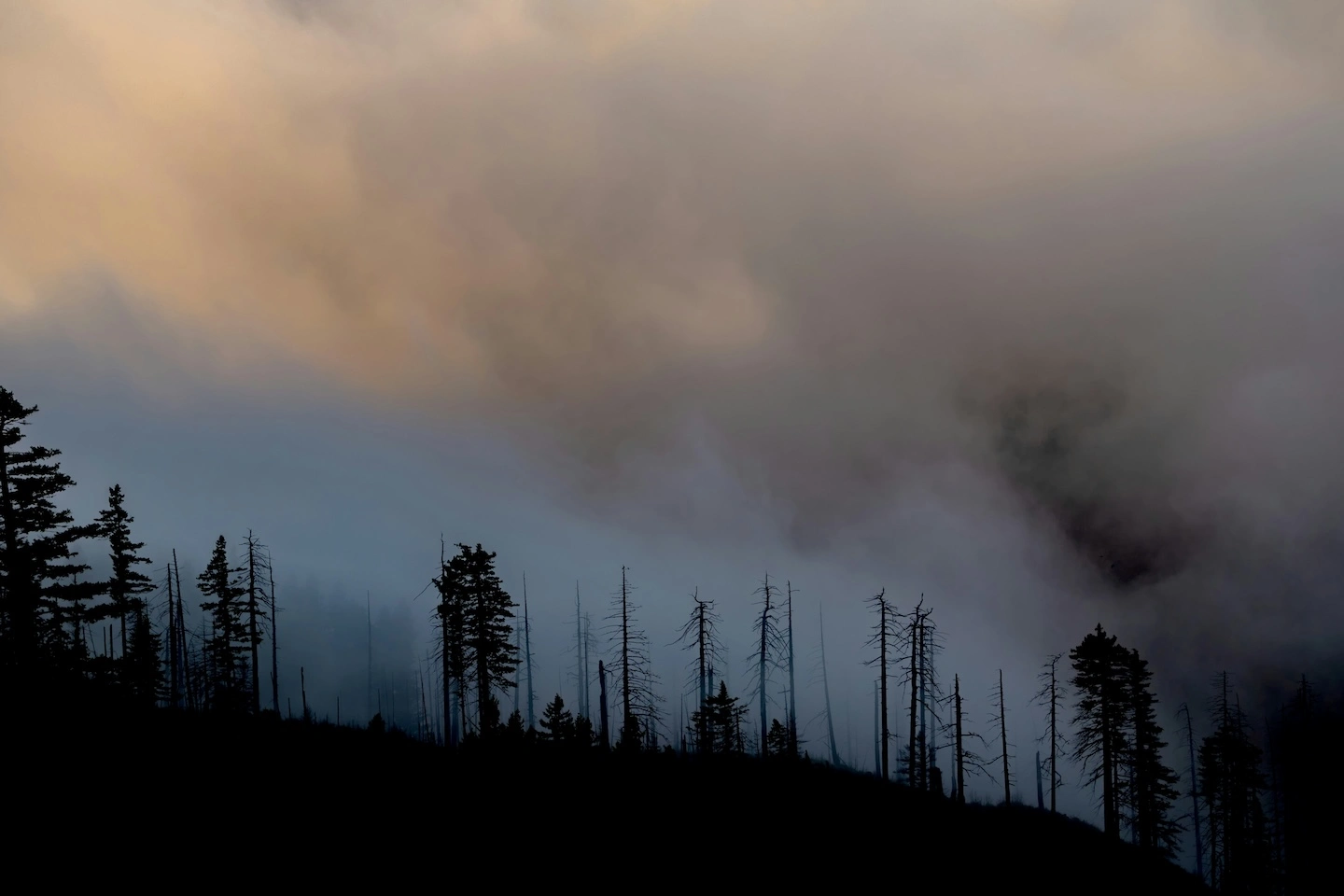
Polycyclic aromatic hydrocarbons (PAH), which have been linked to coronary heart disease and several cancers, can also be emitted from wildfires, along with dioxins, furans, nitrogen oxides, and sulfur oxides, which are harmful to human health.
Ozone formation
Ground-level ozone (O3) can cause respiratory issues such as difficulty breathing, asthma exacerbation, and aggravation of lung disease. In extreme cases, it can also lead to premature death as well as nervous system and reproductive harm. Ground-level ozone also traps heat, contributing to climate change.
Wildfires do not produce ozone directly; however, wildfires do emit a variety of Volatile Organic Compounds (VOCs) and nitrogen oxides (NOx). VOCs are organic compounds with vapor pressures high enough to exist in the atmosphere primarily in the gas phase, whereas nitrogen oxides (NOx) are a subgroup of gaseous pollutants, most notably consisting of nitric oxide (NO) and nitrogen dioxide (NO2).
In the presence of sunlight, these chemicals react to form ozone. Both VOCs and nitrogen oxides can be harmful before the chemical reaction occurs. Nitrogen oxides (NOx), for instance, can irritate the upper respiratory tract and lungs, and cause coughing, shortness of breath, and nausea.

Carbon monoxide
Carbon monoxide is produced by the incomplete combustion of organic materials such as wood and vegetation. Carbon monoxide gas reduces the blood’s ability to carry oxygen when inhaled. By depriving the body of oxygen, carbon monoxide can damage organs, particularly the brain and the heart, leading to premature death.
Fortunately, carbon monoxide from wildfires dilutes rapidly in the atmosphere, so it is not usually a concern for the general public. However, it can become an issue when in close proximity to a fire (typically within about three miles of the fire line while fuels are still smoldering). This means that it can be a hazard to firefighters trying to put out the blaze.
Particulate matter
Particulate matter does not necessarily refer to any specific single substance, but instead refers to any solid or liquid particles suspended in the air. It is typically categorized into two groups based on size: PM2.5 and PM10.
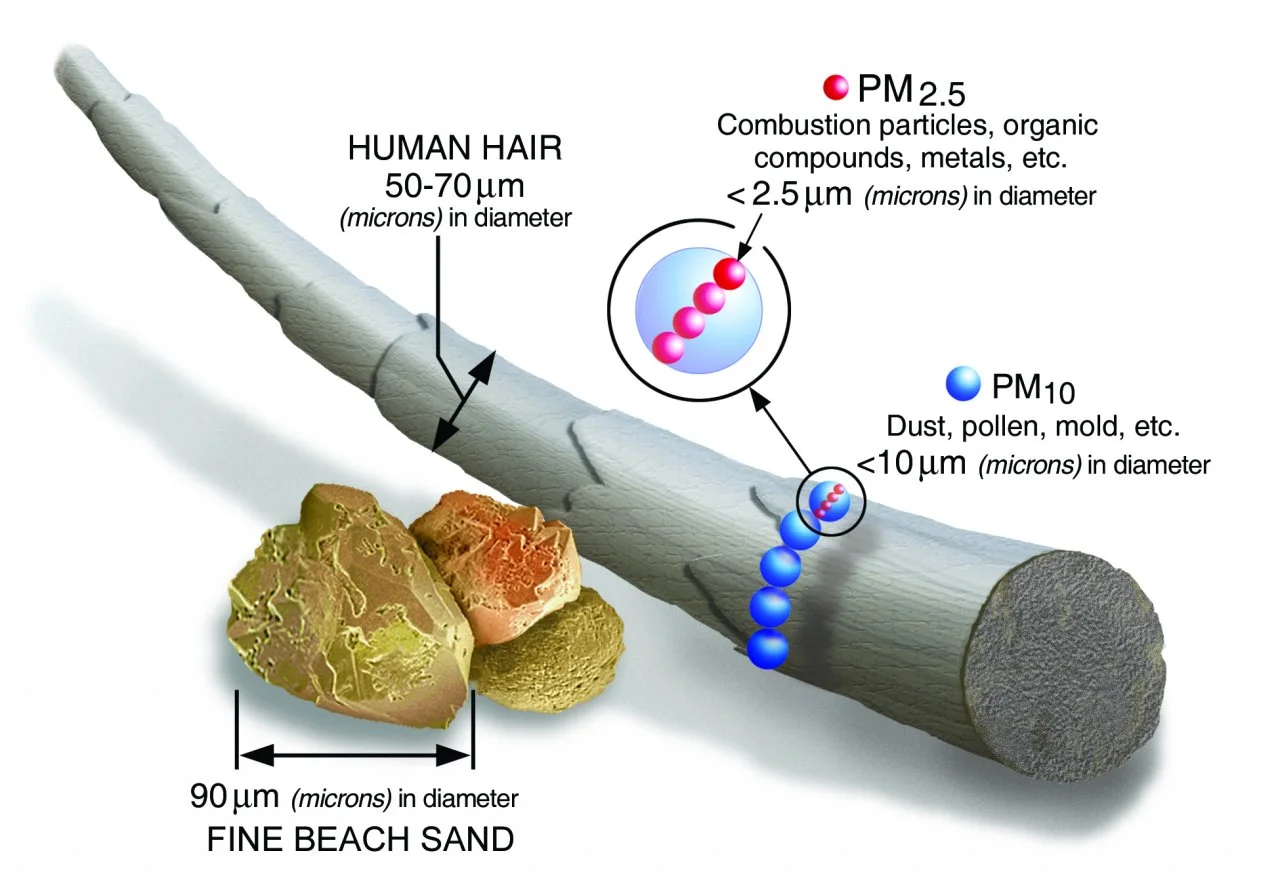
Fine particulate matter (PM2.5)
Fine particulate matter (PM2.5) refers to particles that have a diameter of 2.5 micrometers or smaller. It makes up approximately 90% of the total particle mass emitted by wildfires. PM2.5 is largely considered to be the most dangerous air pollutant in wildfire smoke.
The small size of these particles allows them to bypass some of the body’s natural defenses. Fine particulate matter can enter airways, lungs, and even the bloodstream. Short-term exposure can cause asthma attacks, acute bronchitis, and eye irritation, aggravate lung disease, and increase susceptibility to respiratory infection. In extreme cases, particulate matter can lead to heart failure and premature death. Elderly individuals, children, and those with preexisting health conditions tend to be more vulnerable to the harmful effects of PM2.5.
Clarity’s Node-S air pollution sensor measures fine particulate matter (PM2.5) and nitrogen dioxide (NO2). It is the only professional-grade air monitoring solution featured on the U.S. EPA’s Fire & Smoke Map. Clarity is currently offering a discount on our monitoring equipment for the 2025 wildfire season.
WUI fire particulate matter
The potential harm of fine particulate matter varies based on which substances were burned in the fire. If poison ivy is burned, for instance, the resulting smoke may contain trace irritants from those plants. Most wildfire smoke contains particulate matter with chemicals such as magnesium, aluminum, and calcium.
Wildland-Urban Interface (WUI) fires burn areas where man-made structures meet wildland terrain. These fires can contain traces from buildings, vehicles, and human infrastructure and can potentially contain more hazardous air pollutants. In particular, WUI fires can produce particulate matter with harmful trace metals, including lead, copper, and zinc. In 2018, lead concentrations were measured as 40 times higher than normal when smoke from a WUI fire reached the monitoring station from about 200 kilometers away.
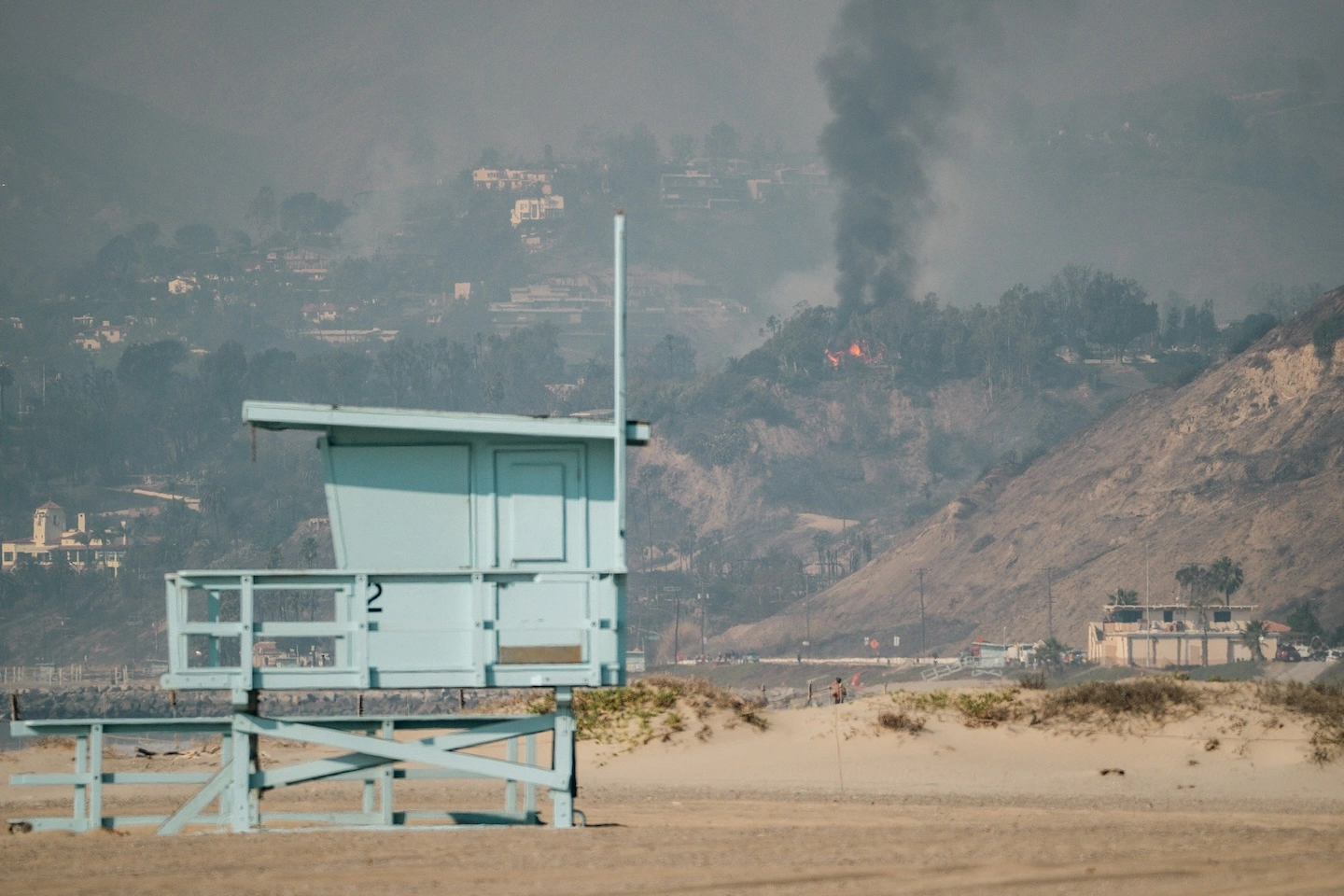
Black carbon particulate matter
Black carbon (BC), also known as soot, is a form of particulate matter that originates from wildfires, among other sources of incomplete combustion. Black carbon is more harmful to human health than most other forms of fine particulate matter, causing various heart and lung issues.
Black carbon can also cause significant harm to the environment. Its dark color absorbs solar heat, contributing to global warming. In fact, black carbon’s warming effect is 460-1,500 times stronger than CO2 per unit mass, making it a serious agent of climate change. Clarity offers a Black Carbon Module to identify and monitor this type of particulate matter.
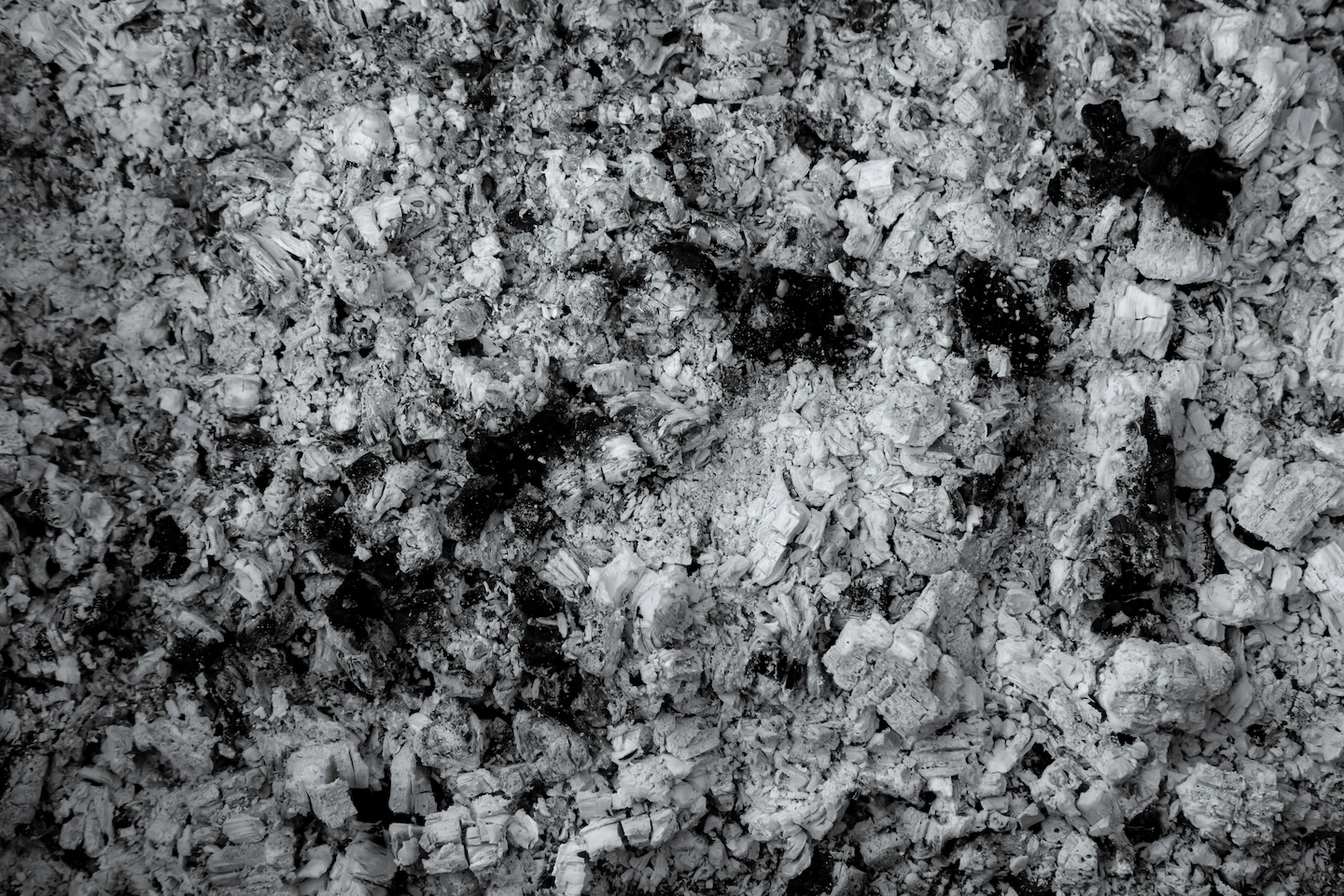
Coarse particulate matter (PM10)
Particulate matter (PM10) refers to particles with a diameter of 10 micrometers or smaller. These are present in smoke plumes, although to a lesser degree than PM2.5. Unfortunately, most indicative air quality sensors do not pick up PM10 due to its larger size. Fortunately, there are some ambient monitors, such as Clarity’s upcoming Dust Module, which are specifically designed to detect PM10 and are up to the task.
PM10 is perhaps not quite as dangerous as PM2.5. However, short-term exposure to PM10 is still linked to worsening of respiratory diseases, such as asthma and chronic obstructive pulmonary disease (COPD), leading to hospitalization.
Since PM10 particles are slightly heavier than PM2.5, they tend to fall to the ground rather than disperse into the atmosphere. This means that they can stick around the site of a fire (often in the form of ash) long after the fire is over. Like PM2.5, ash from WUI fires can contain hazardous materials, such as asbestos and heavy metals, from the burning of structures. It is important to allow professionals with proper equipment and training to clean up ash after a wildfire. If this is not possible, be sure to take proper precautions when cleaning ash to protect your health.
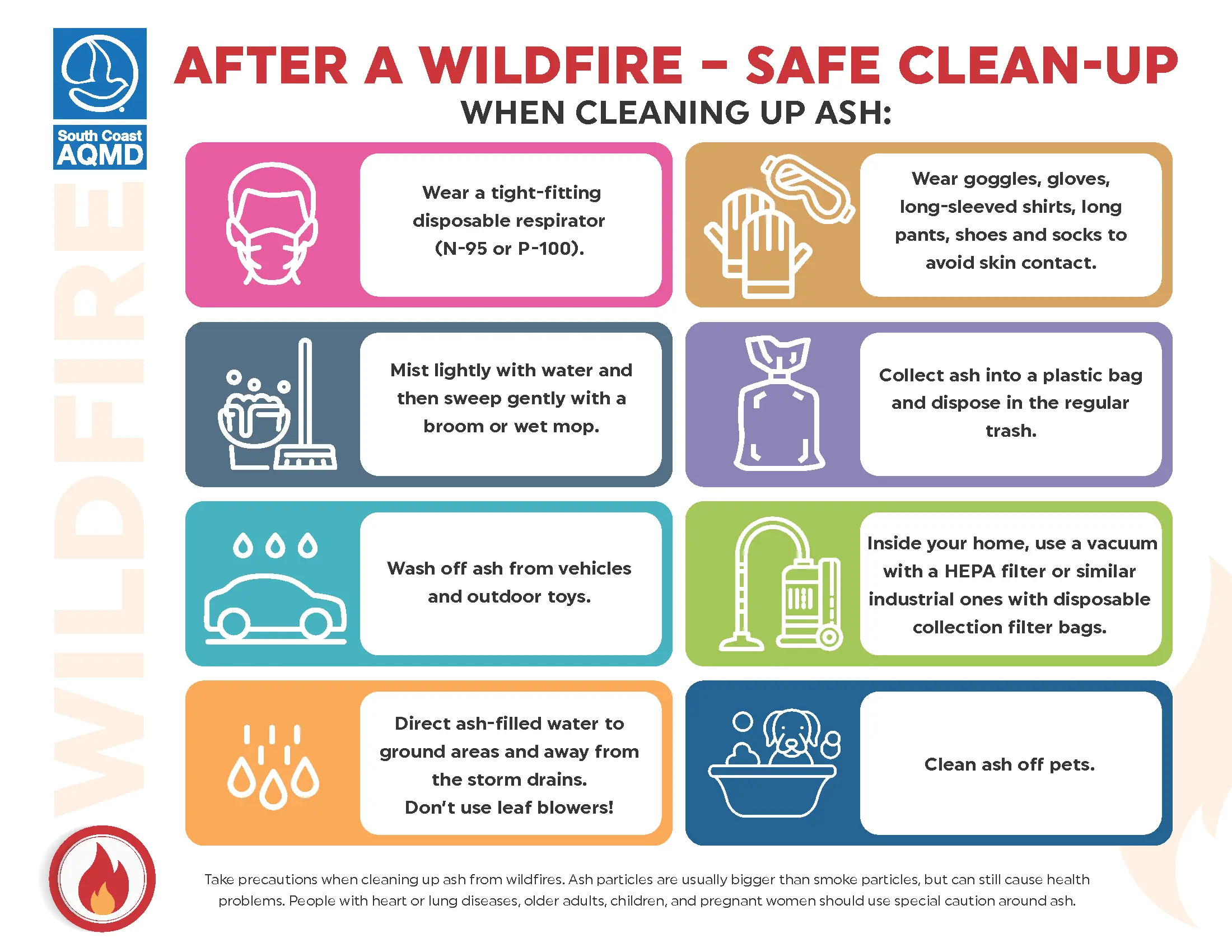
Ways to protect yourself from wildfire smoke
Wildfire smoke is dangerous to individuals, communities, and ecosystems. However, there are measures that you can take to safeguard your health. Frequently check your local Air Quality Index (AQI) to determine whether or not it is safe to be outside. Take a look at Clarity’s OpenMap and AirNow’s Fire and Smoke Map to find your local AQI.
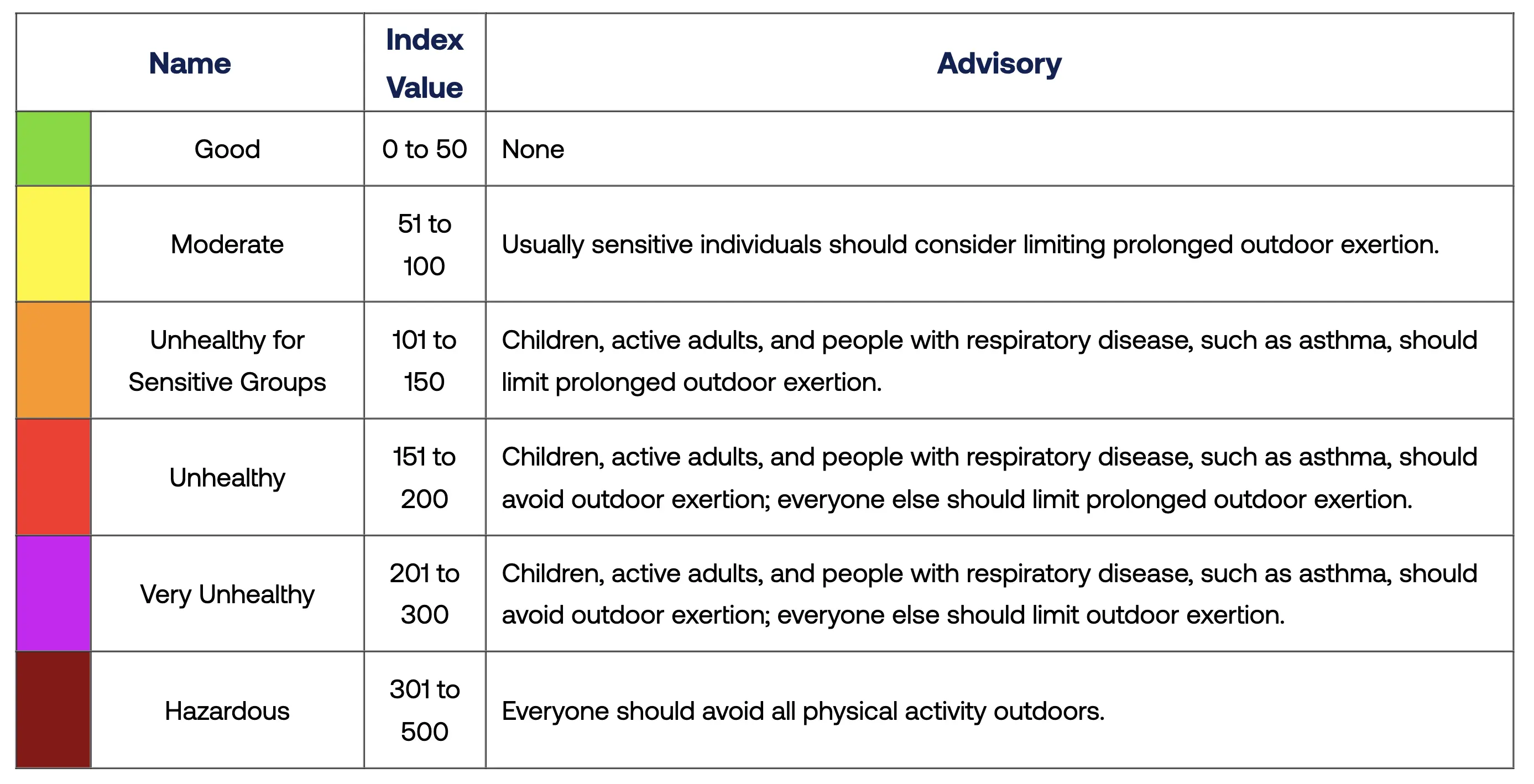
It’s also important to trust your senses: if you smell smoke or see ash, remain inside even if the AQI is in the healthy range. Run a HEPA air filter indoors. If you must go outside, wear a well-fitted KN95 mask and avoid prolonged exposure.
Looking Forward
By addressing global warming and greenhouse gas emissions, investing in proper fire prevention strategies, and implementing air quality monitoring, we can better protect communities and individuals from wildfire smoke’s negative impacts. Learn how you can begin to build a solution by partnering with Clarity.
